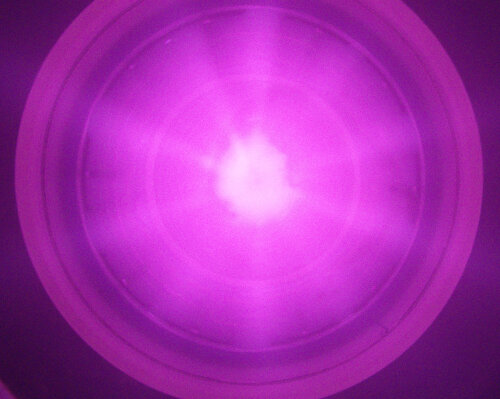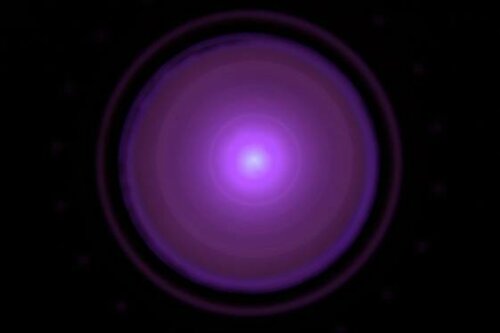This is the webpage of the Institute for Plasma and Atomic Physics at Ruhr University Bochum.
Here, you can learn more about the group and research projects at the institute.

Plasma physics is the study of the behavior and the properties of ionized gases. Statistical physics, fluid dynamics, electrodynamics as well as atomic and molecular physics come together to form a discipline of its own. Plasmas determine both stellar evolution on astronomical scales and etching of nanostructures in the semiconductor industry. Plasma-based engines are already powering satellites in space, and very hot magnetized plasmas may provide clean energy through controlled nuclear fusion in the future. Tiny cold plasmas at atmospheric pressure offer a wide range of applications, from CO2 conversion to medicine and biology. Major advances in measuring the internal parameters of plasmas and in their simulation have recently contributed to a much better understanding of these complex systems. Wherever the journey into the future takes us, it will not be without plasmas.

Low-temperature plasmas with electron temperatures in the range of a couple of eV are generally the topic of our research. Characteristic for these plasmas are a low degree of ionization and a strong deviation from thermal equilibrium. Consequently, the various ensembles, neutrals (molecules and atoms), ions, and electrons, are only weakly coupled. Further, even within an ensemble of charged species, electrons or ions, thermal equilibrium is usually not established. Therefore, not only ensemble averaged values like density, temperature or flow velocity are of interest but also the distribution functions are of key importance.
Almost all plasmas of technological relevance are low-temperature, non-equilibrium plasmas. Further, even in nuclear-fusion oriented research, which is typically associated with very hot plasmas of thousands of keV, the edge region close to the wall or in the divertor is again a kind of low-temperature plasma. The versatile use of this special category of plasmas is a strong motivation for our research, although we usually do not focus on the application but on the underlying physics.
Investigating the physics of such plasmas leads to basic questions like these: How are electromagnetic fields coupled to the plasma? How do the electrons gain energy? How does the transport of charged particles work? What is the structure of the plasma and the plasma generated fields? What kind of collisional processes are important for transport and energy loss? The answers can vary strongly between the different kinds of plasma. For instance, at very low pressures (typically below 1 Pa) non-local kinetic effects become important in oscillating fields while at atmospheric pressures collisional processes and transient phenomena on ns-time scales are the challenge.
The aim of our investigation is to understand the physics of these ionized systems. This requires well-designed plasma sources, which produce stable and reproducible plasmas, as well as advanced diagnostics. The most obvious might be current and voltage measurements and various kinds of emission spectroscopic techniques - but even these diagnostics can be quite challenging on ns or even sub-ns time-scales. Further, charged particle detection using probes or analyzers are essential for determining distribution functions. A particular strength of the group is in use and development of advanced laser diagnostic techniques, with lasers ranging from fs to cw operation and wavelengths from the UV to the IR. Typically, a larger number of diagnostics is applied to a single type of plasma in order to obtain information on the most relevant key parameters.
Measurements alone are never sufficient to gain understanding of the physics. Therefore, we also work on developing analytical models and often combine these with simulations. However, in most cases simulations are carried out in collaboration with colleagues who have specialized in this field. In any case, it is this triangle of experimental data, analytical models, and simulations, which is most successful in gaining insight on the physics.